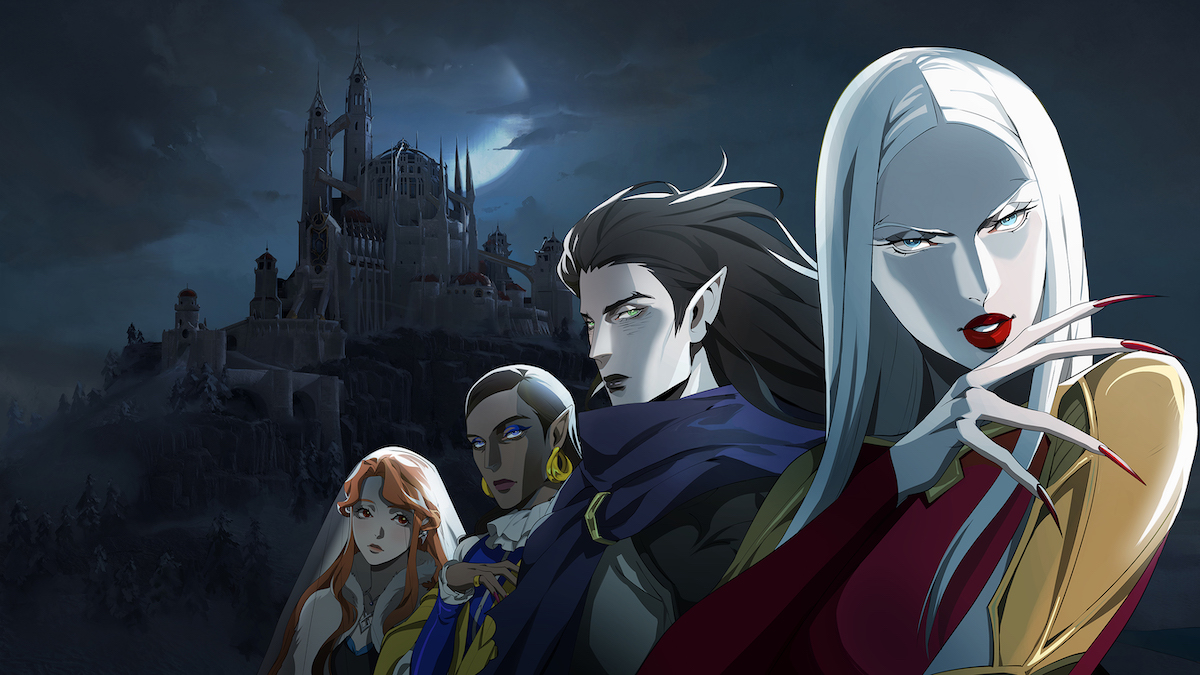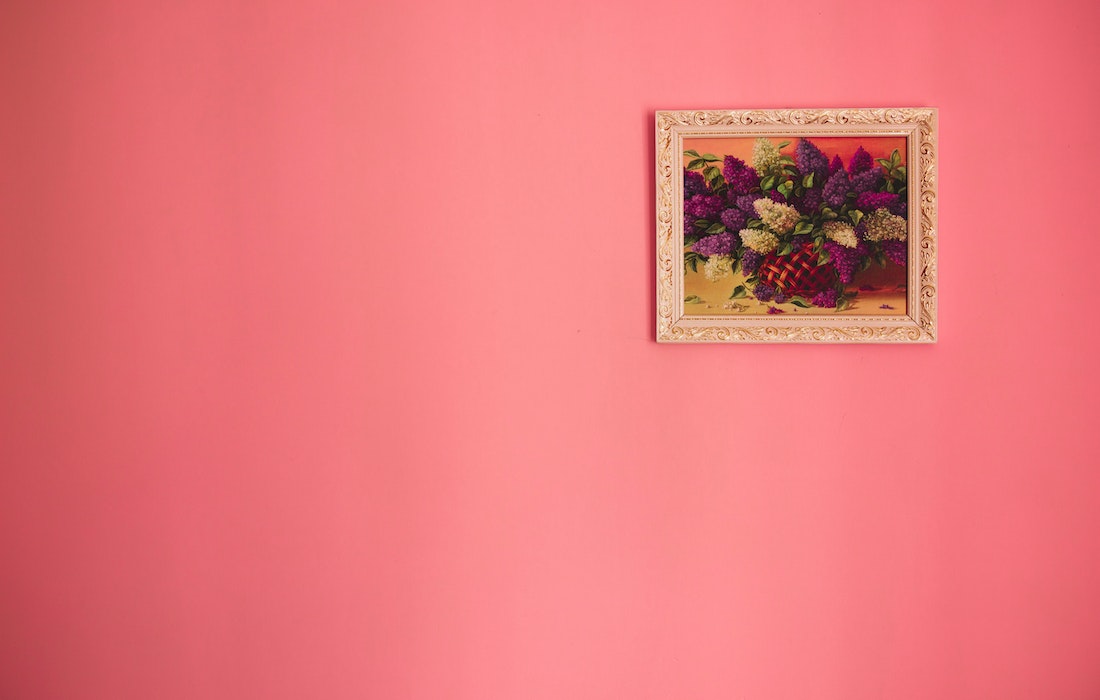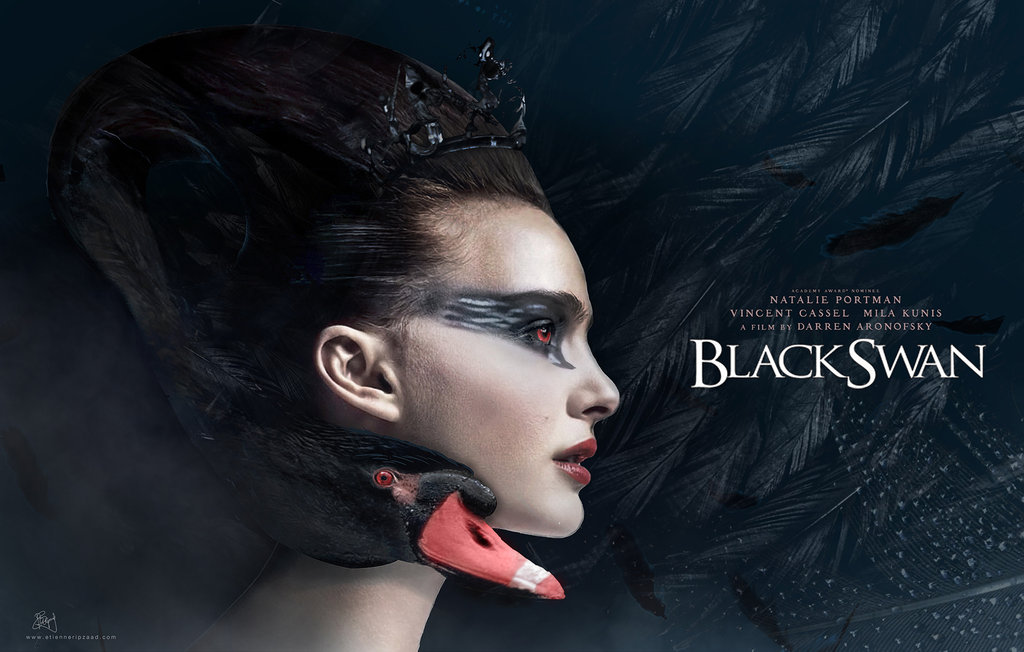Vampires and similar bloodsucking creatures have been around the collective imagination of people for millennia. One of the oldest sculptures from Babylon depicts the “queen of the night,” surrounded by owls and cats. This figure has been theorized to represent Lilith, the first female vampire in certain belief systems. However, the vampire myth didn’t truly take root in popular culture until Bram Stoker published his most famous work, “Dracula.” This book, now widely available as mass paperback, has been instrumental in solidifying the place of vampires as creatures of nightmare and fear.
In recent years, however, there has been a significant shift. The public has taken a keen interest on vampire queens rather than brooding vampire lords. From Carmilla of “Castlevania” to the indomitable Lady Dimistrescu, vampiric females seem to have replaced Dracula and his ilk.
Today, examines some of the most famous female vampires in fiction and then take a closer look at how they’re portrayed and what this means for the vampire myth in general.
Carmilla from “Castlevania”

Carmilla of “Castlevania,” the Netlfix adaptation of the famous video game series, is perhaps one of the reasons vampire females have made a resurgence in recent years. “Castlevania’s” Carmilla is first introduced in the show’s second season, appearing as one of Dracula’s top lieutenants. From the moment she appears on screen, Carmilla is cunning, dismissive of Dracula and undoubtedly lethal.
Over the course of the show, Carmilla works to undermine Dracula’s authority, turning the vampire lord’s own generals against him while keeping her own involvement hidden. Carmilla almost successfully manages to instigate coup against Dracula, however her own plans are derailed by unforeseen circumstances. After Dracula;s downfall at the hands of his own son and his allies, Carmilla returns to her fortress of Styria to muster her own forces.
It is in Styria that the Carmilla of “Castlevania” truly comes into her own as a villain. It is shown that she is the head of a council of female vampires who rule the region. Carmilla’s ambitions, fueled by the vacuum of Dracula’s death, pushes her to make more and more reckless decisions before finally culminating in her own death. It is unfortunate that, despite many seasons of being built up, Carmilla doesn’t even inherit the mantle of becoming the show’s main villain. Instead, she is unceremoniously disposed of and her entire character arc abandoned in a rush to finish the show.
Alcina Dimitrescu from “Resident Evil: Village”

Although not one of the most instantly recognizable female vampire names out there, Alcina Dimitrescu or Lady Dimitrescu is undoubtedly just as influential a character as Carmilla of “Castlevania.” Lady Dimitrescu is the first major villain encountered in the eighth installment of the long running “Resident Evil” franchise. Lady Dimitrescu seized the collective imagination of gamers everywhere with her ferocious presence and towering height.
One of the most compelling things about Lady Dimistrescu is her character design She is decked out in a long gown inspired by Old Hollywood starlets matched with an enormous broad-brimmed hat and elegant gloves. But players were instantly drawn to her height, which was revealed to be at just slightly over 9 feet, making her the tallest character in the entire franchise.
Lady Dimitrescu is not strictly a vampire, instead she is a mutant created by splicing a type of mold into a human. However, she does have the hallmarks of a female vampire. She is aristocratic, requires regular meals of human blood and has many inhuman features. Although Lady Dimitrescu is encountered and defeated early in the game, she remains the most iconic character of that particular “Resident Evil” installment.
Akasha from “Queen of the Damned”

The modern image of vampires as seductive goths with misunderstood natures stemmed from Anne Rice’s works in the late 80s and early 90s. These books turned vampires from the stuff of frightening Stephen King short stories to the sex symbols they are today. Aside from her main hero, Lestat de Lioncourt, Anne Rice’s titular “Queen of the Damned” maybe her most famous female vampire.
Akasha was a queen of the land that would eventually become Egypt, and her path to vampirism began when she brutally tortured two witches. The witches summoned a demon in revenge to hound the queen and her husband. However, the plan went awry when Akasha was killed by rebelling nobles and the demon infused her body and becoming the first vampire.
Anne Rice’s vampires are as far removed from those found in young adult films such as “City of Bones” and Akasha shows it. She is a deeply sexual being, roused from millennia of stupor by her lust for Lestat. She is also insanely powerful, blessed with powers not even the other ancient vampires can manifest. And she is dangerously homicidal, murdering countless people to slake her bloodthirst and planning on destroying the entire male population. Akasha is perhaps one of the most stereotypical vampire females in fiction, acting more as a force of nature than a real character.
Saya from “Blood: The Last Vampire”

There are scores of female vampires in anime. More modern examples include Carmilla of “Castlevania” while more retro versions include Vampire Princess Miyu. But one of the most influential female vampires in anime comes from a 40-minute film entitled “Blood: The Last Vampire”.
The film’s protagonist is Saya, a mysterious girl tasked with killing grotesque bat-like monsters known as chiropterans. The tense short film follows Saya as she attempts to track down the last of these monsters before they can go into hibernation. What makes her so compelling is how enigmatic she is presented. She exhibits almost no standard vampiric traits aside from superhuman strength. She is irritated by mentions of God but is otherwise unharmed by such words. And she doesn’t drink blood and walks about the daytime. In fact, the only thing that establishes that she is a vampire is a single shot near the end of the movie.
Despite how short the movie was, “Blood: The Last Vampire” was unexpectedly influential in the anime landscape. The character of Saya became the heroine of a manga and no less than two full anime series.
Re-assessing the Female Vampire

It’s clear that, just like the vampire myth itself, the idea of what constitutes a compelling female vampire has changed in recent years. Gone are the hollow creatures such as the brides of Dracula, who exist more like warnings than characters themselves. The brides and Lucy Westenra aren’t actually threats on their own, but rather they showcase just what Dracula himself has in store for Mina Harker. They haven’t been relegated to cliched monsters either, like the monsters from “The Cabin in the Woods.”
Today, vampire females can be just as dangerous, if not more so, than their male counterparts. Carmilla of “Castlevania” represents a very serious threat to Dracula himself. Lady Dimitrescu has all the trappings of an Old World aristocrat but she has more power in a single clawed finger than many of her compatriots.
Yes, female vampires have become more intimidating and coming into their own as villains. Do they retain their seductiveness and sexuality? Yes, but then again, all vampire fiction is rooted on those two things. Dracula himself can be seen as a very thin metaphor for an abusive relationship. Vampires are creatures of temptation; therefore seduction is always in their arsenal.
But it is a very refreshing change of pace to see examples like “Castlevania’s” Carmilla, who use brutality and cunning to accomplish their ends instead of seduction. The re-evaluation of the female vampire has emancipated her, releasing her from the coffin of tired femme fatale roles to becoming her very own dark mistress. Instead of a simpering minion, the new vampiric females wear crowns.
Here’s hoping that we will see more of these types of undead queens in popular culture.



